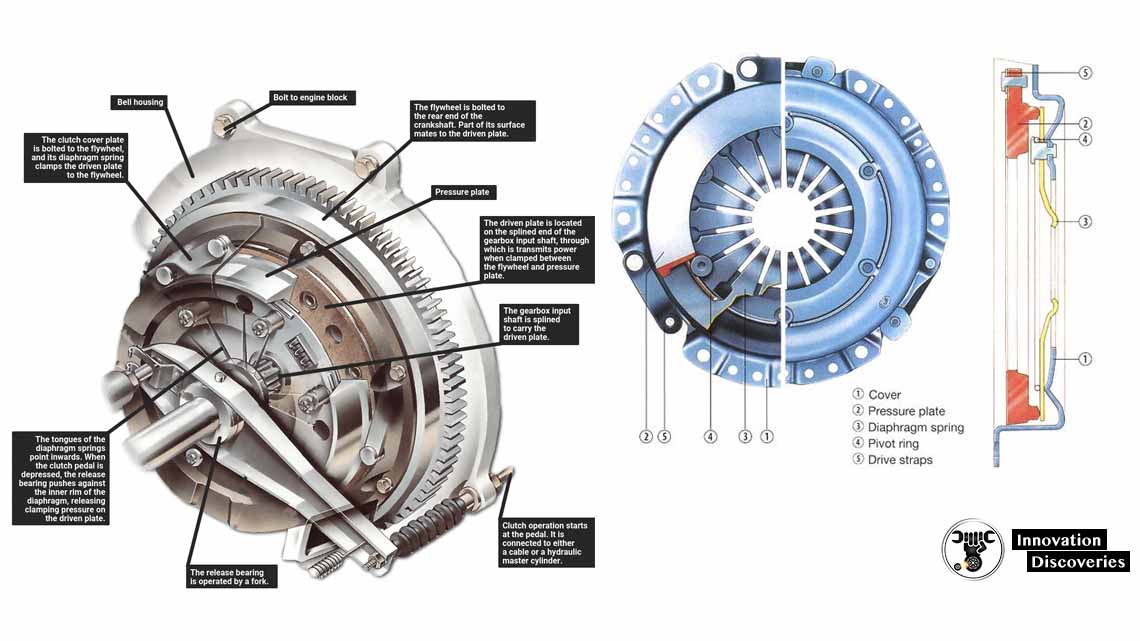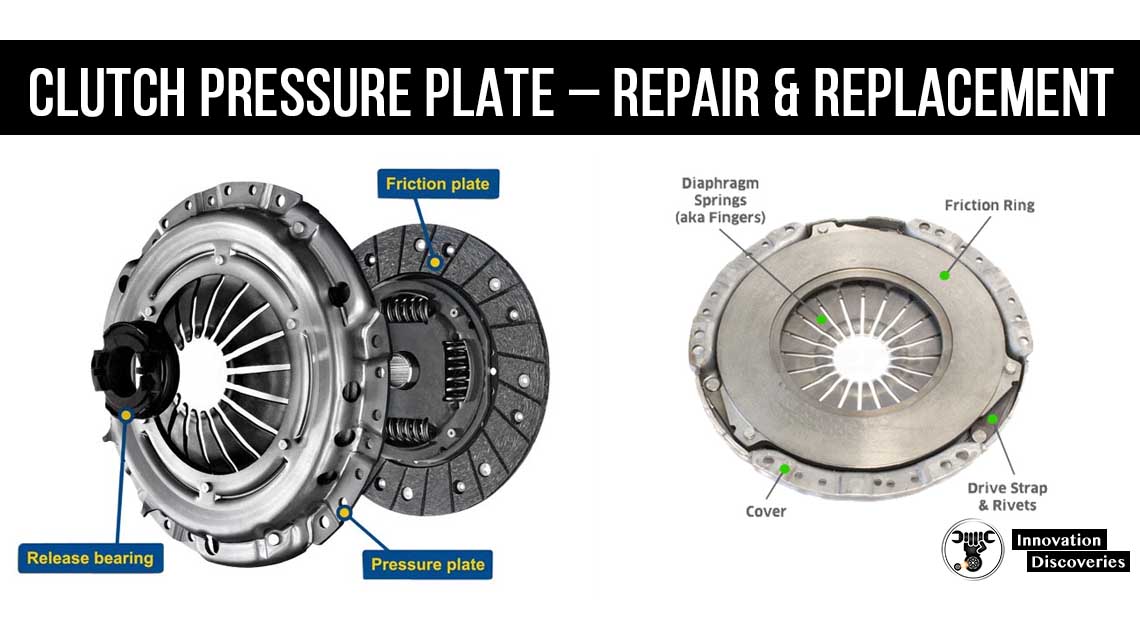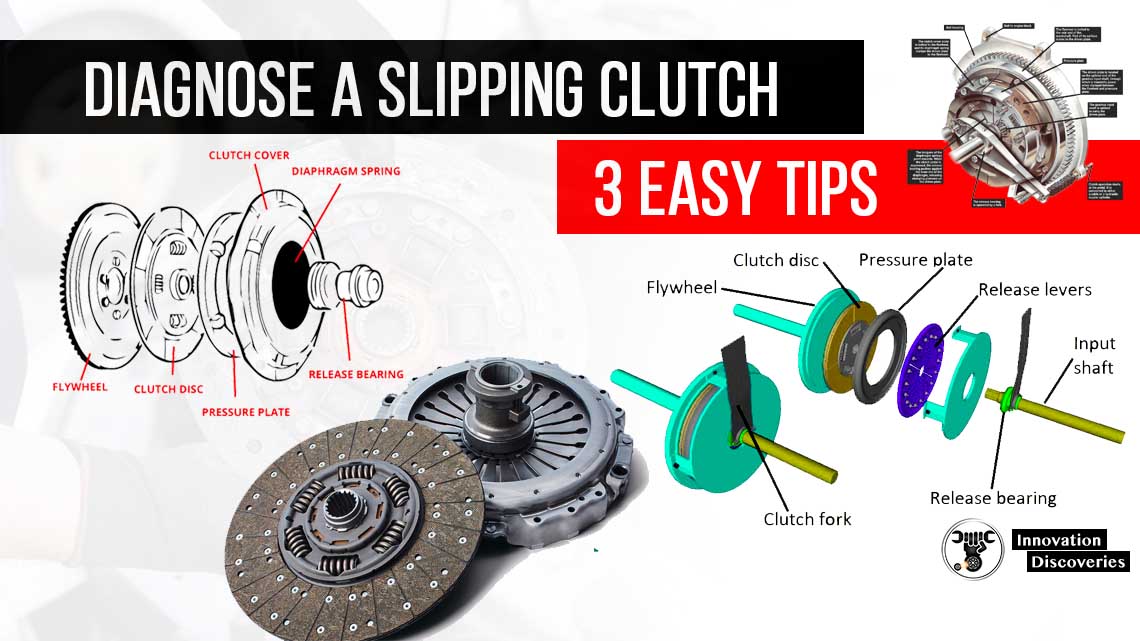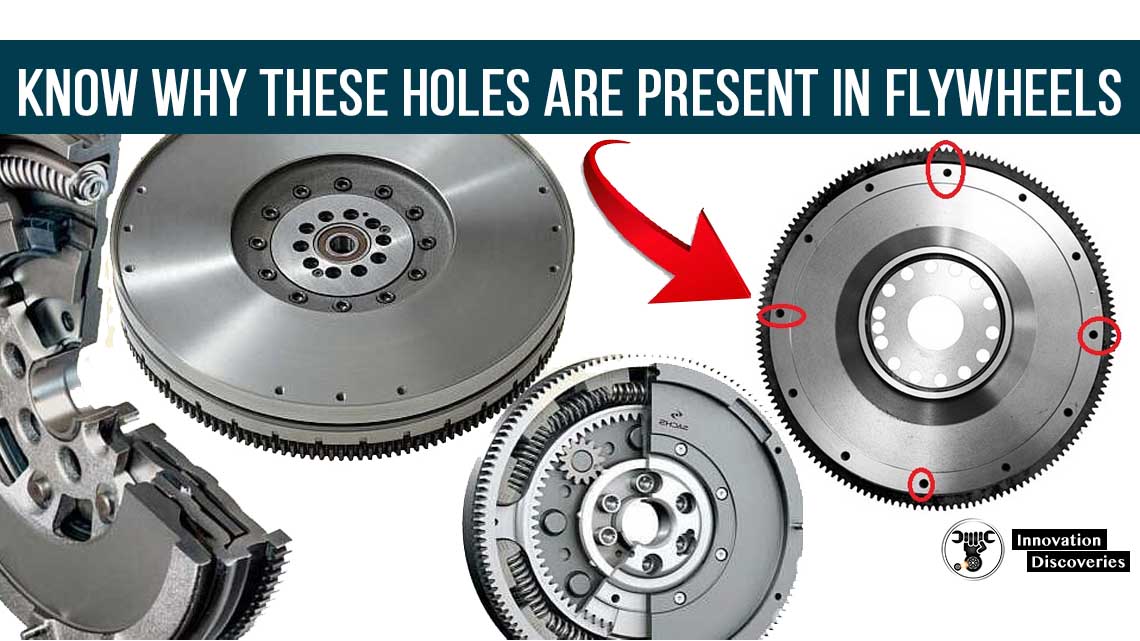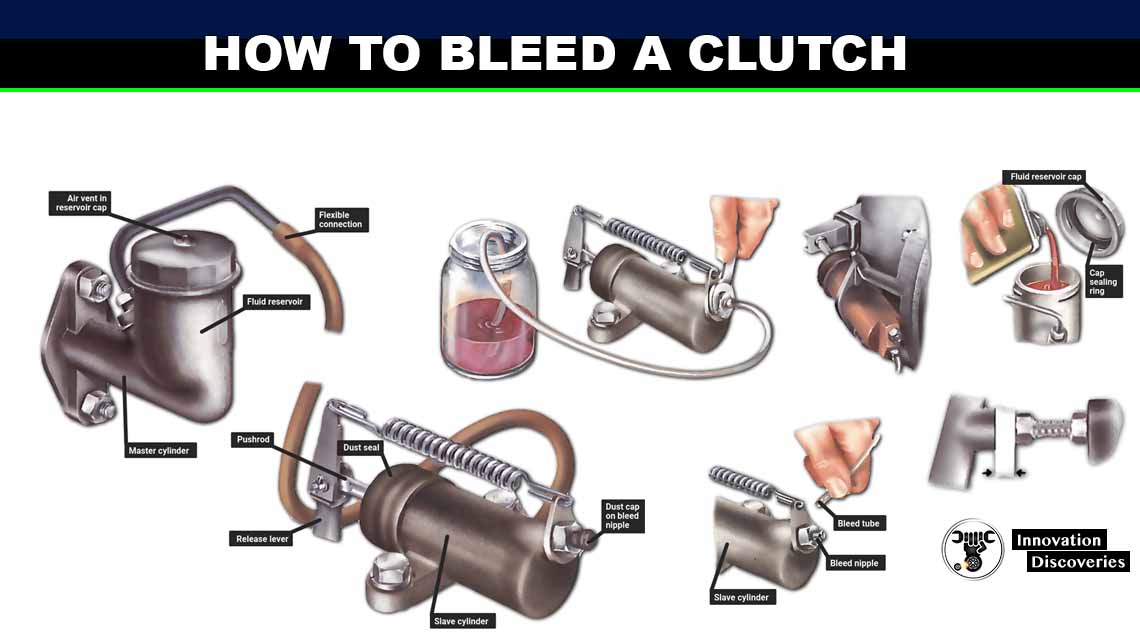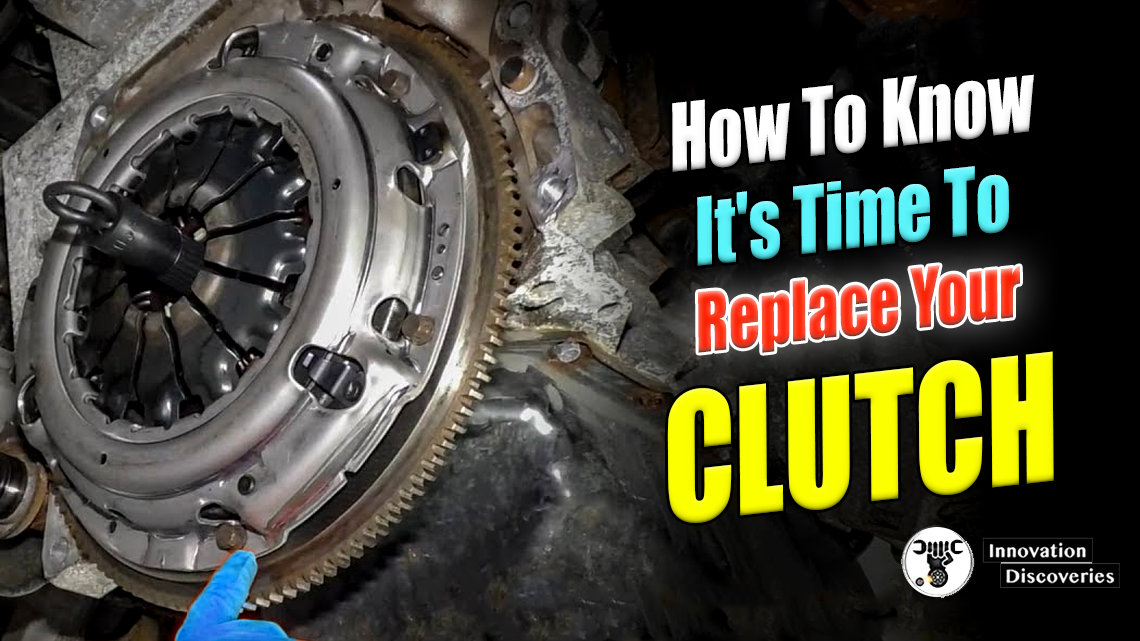
Introduction:
The clutch in your vehicle is a crucial component that enables smooth gear shifting and overall driving performance. Over time and with regular use, the clutch undergoes wear and tear, eventually requiring replacement.
Ignoring signs of a failing clutch can lead to more significant issues and potentially compromise your safety on the road.
In this guide, we’ll explore the key indicators that it’s time to replace your clutch, ensuring your vehicle operates at its best.
Difficulty Shifting Gears:
One of the most common signs of a failing clutch is difficulty shifting gears. If you notice it becoming increasingly challenging to engage gears or experience grinding or crunching sounds when shifting, it’s likely due to clutch wear.
This occurs because the clutch disc wears down over time, reducing its ability to smoothly engage with the flywheel.
Slipping Clutch:
A slipping clutch is another clear indication that replacement is imminent. You may notice a loss of acceleration despite pressing the gas pedal or a sensation that the engine revs higher than usual without a corresponding increase in speed.
This occurs when the clutch plate fails to maintain proper contact with the flywheel, resulting in power loss and inefficient transmission of engine power to the wheels.
Unusual Smells:
Pay attention to any unusual smells emanating from your vehicle, particularly a burnt odor. A burning smell while driving, especially when engaging the clutch, can indicate excessive friction caused by a slipping or worn-out clutch.
This could be due to overheating of the clutch components and warrants immediate attention to prevent further damage.
Changes in Pedal Feel:
A noticeable change in the clutch pedal feel can also signal impending clutch failure. If you experience increased pedal resistance, a spongy or mushy pedal feel, or if the pedal suddenly feels lighter or sinks to the floor, it’s likely due to clutch-related issues.
These changes often indicate problems with the clutch hydraulics, such as a leaking master or slave cylinder, or worn-out clutch springs.
Noises:
Unusual noises while operating the clutch, such as squealing, chirping, or rattling sounds, should not be ignored. These noises can indicate worn-out clutch components, damaged bearings, or misalignment issues within the clutch assembly.
Addressing these noises promptly can prevent further damage to the clutch system and other drivetrain components.
High Mileage or Age:
Finally, consider the age and mileage of your vehicle. Clutches are subject to wear and tear over time, and their lifespan can vary depending on driving habits, road conditions, and maintenance.
If your vehicle has high mileage or is several years old, it’s wise to proactively inspect the clutch system for signs of wear, even if you haven’t experienced any noticeable symptoms yet.
Conclusion:
Knowing when it’s time to replace your clutch is essential for maintaining the performance and reliability of your vehicle. By paying attention to these key signs and symptoms, you can address clutch issues promptly, avoiding costly repairs and potential safety hazards on the road.
If you notice any of these indicators, it’s best to consult a qualified mechanic who can accurately diagnose the problem and recommend the appropriate course of action.
Remember, a well-maintained clutch ensures smoother driving experiences and prolongs the life of your vehicle’s drivetrain.
Discover More:
CHECKING AND REMOVING A CLUTCH MASTER CYLINDER
Visit Forum
Visit Our Friendly Website


